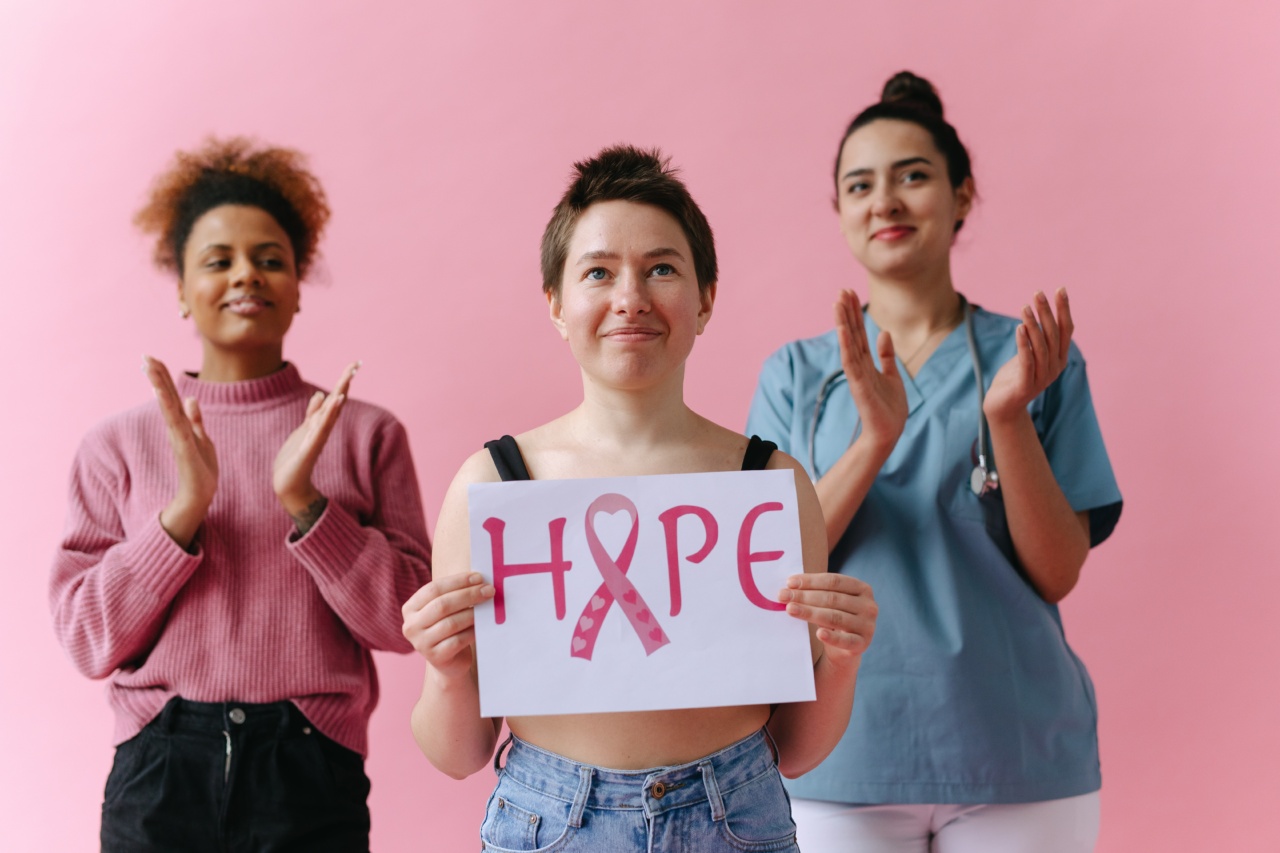Chemotherapy has always been known for its harsh side effects, such as hair loss, nausea, vomiting, and fatigue, among others. These side effects can be very debilitating and can affect the quality of life of cancer patients.
However, thanks to the advancements of modern medicine, chemotherapy has also become more effective in reducing these side effects.
What is chemotherapy?
Chemotherapy is a type of cancer treatment that uses drugs to target and kill cancer cells. These drugs are powerful and can travel throughout the body to reach cancer cells that have spread beyond the original tumor.
However, chemotherapy can also damage healthy cells, resulting in a range of side effects.
Types of side effects from chemotherapy
There are different types of side effects that can occur during chemotherapy, depending on the drugs used and the individual patient’s reaction to them. Some of the most common side effects include:.
- Nausea and vomiting
- Hair loss
- Fatigue
- Mouth sores
- Low blood cell counts
- Neuropathy – numbness or tingling in the hands and feet
How chemotherapy reduces side effects during cancer treatment
Despite the harsh side effects, chemotherapy can also be used to reduce these side effects and improve the quality of life of cancer patients. Here are some ways chemotherapy can help reduce side effects:.
Anti-nausea drugs
Nausea and vomiting are common side effects of chemotherapy. Fortunately, anti-nausea drugs can help control these symptoms. These drugs work by blocking the signals that trigger nausea and vomiting in the brain.
Cooling cap therapy
Hair loss is another common side effect of chemotherapy. However, cooling cap therapy can help reduce hair loss.
This therapy involves wearing a special cap that cools the scalp during chemotherapy, which slows down the blood flow to the hair follicles and reduces the amount of chemotherapy drugs that reach them.
Exercise
Although fatigue is a common side effect of chemotherapy, regular exercise can help reduce this symptom. Exercise can help improve energy levels and reduce stress, which can improve overall well-being.
Nutritional support
During chemotherapy, it is important to maintain a healthy diet to support the body’s immune system and overall health.
Nutritional support can come in the form of supplements or dietary changes, such as eating protein-rich foods and avoiding alcohol.
Bone marrow transplants
Some chemotherapy drugs can damage the bone marrow, which produces blood cells. However, bone marrow transplants can help replace damaged bone marrow and restore blood cell production.
Different chemotherapy drugs
Doctors may also choose to use different chemotherapy drugs or adjust the dosage to minimize side effects. For example, some drugs are less likely to cause nausea and vomiting than others.
Targeted therapy
Targeted therapy is a type of cancer treatment that uses drugs to target specific genes or proteins that are involved in the growth and spread of cancer cells.
This approach can be more effective and have fewer side effects than traditional chemotherapy.
Immunotherapy
Immunotherapy is a type of cancer treatment that uses the body’s own immune system to kill cancer cells. This approach can be very effective and has fewer side effects than chemotherapy.
However, it is only effective in a subset of patients and is not suitable for all types of cancer.
Conclusion
Chemotherapy is a powerful tool in the fight against cancer, but it can also cause harsh side effects that can greatly affect the quality of life of cancer patients.
Fortunately, there are many ways to reduce these side effects, including anti-nausea drugs, cooling cap therapy, exercise, nutritional support, bone marrow transplants, different chemotherapy drugs, targeted therapy, and immunotherapy. By working closely with their healthcare team, cancer patients can find the best treatment strategies that not only fight cancer but also reduce side effects.



























